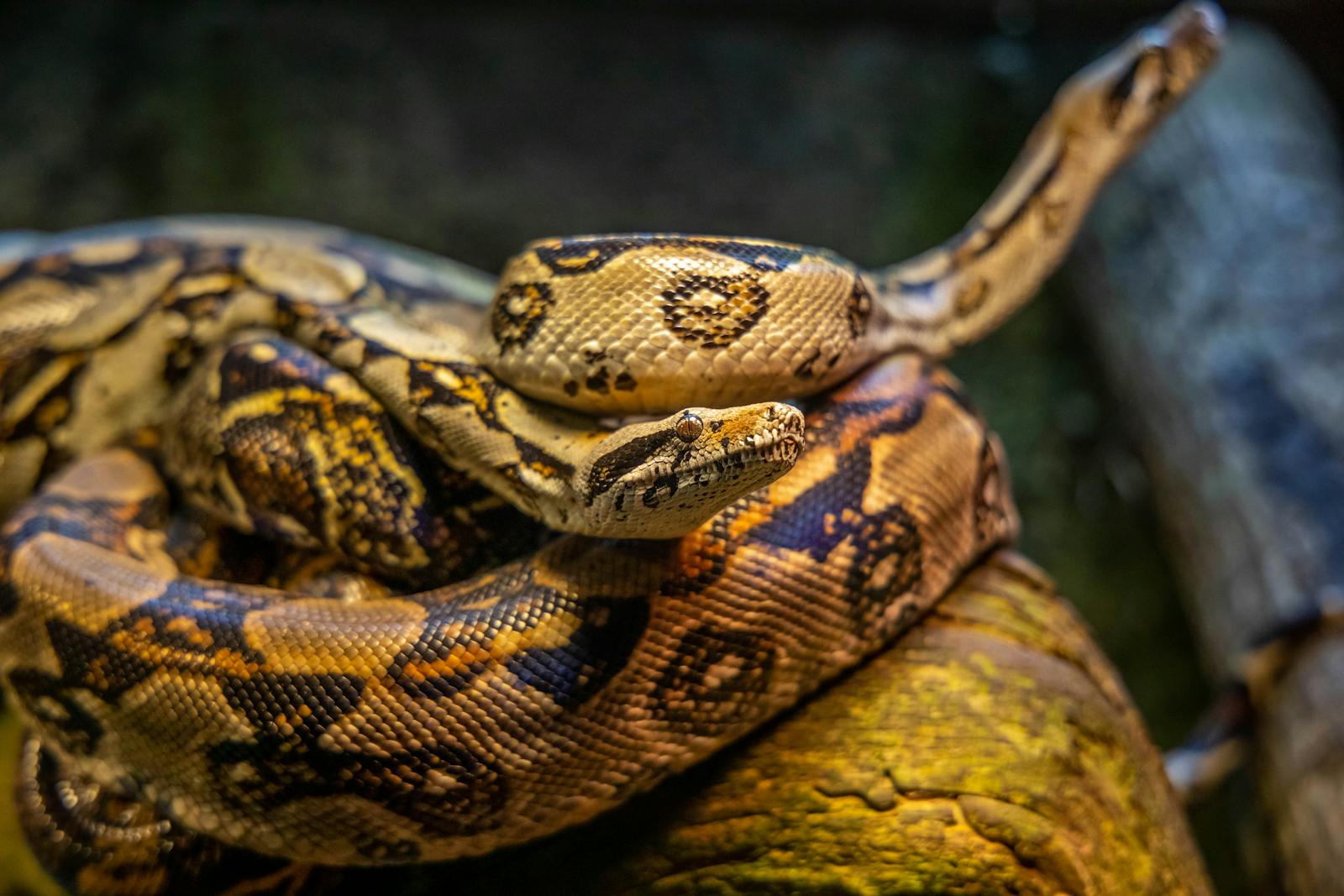Venomous snakes represent some of nature’s most efficient and specialized predators. For millennia, these remarkable reptiles have evolved sophisticated hunting strategies that allow them to capture prey while protecting themselves from potential counterattacks. The intricate dance between predator and prey involves precision striking, specialized anatomy, and remarkable sensory adaptations. Despite their lethal capabilities, venomous snakes face significant risks during hunting—a miscalculated strike could result in injury from prey defenses or even self-envenomation. This article explores the fascinating mechanisms and behaviors that enable venomous snakes to hunt successfully while maintaining their own safety, highlighting the evolutionary marvel these creatures represent in the natural world.
Specialized Anatomical Adaptations
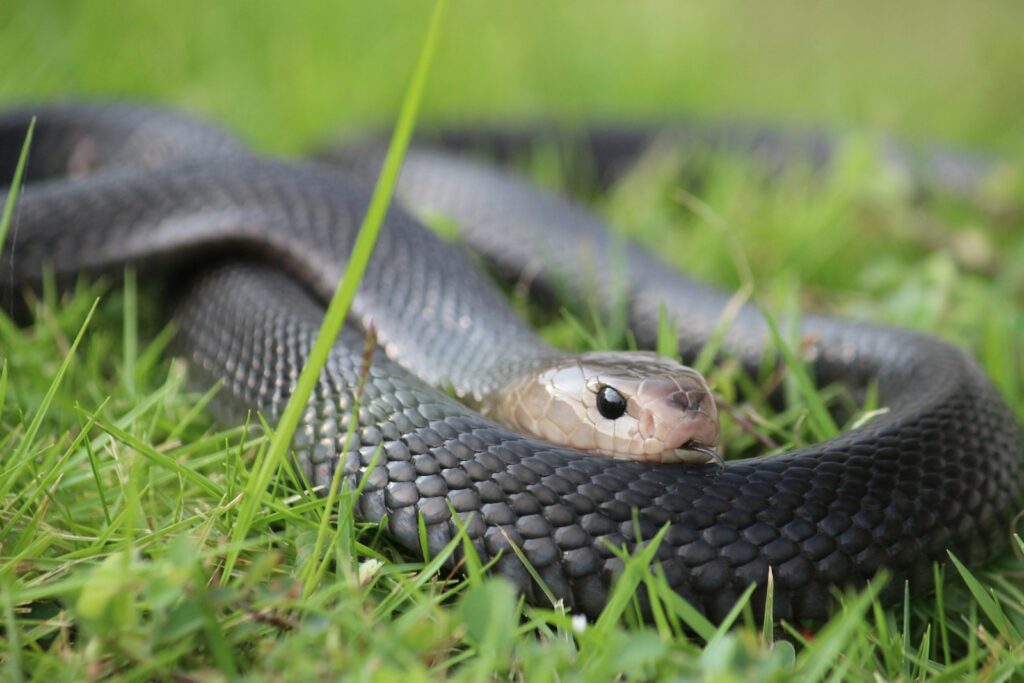
Venomous snakes possess highly specialized anatomical features that protect them during hunting engagements. Their hinged fangs typically fold back against the roof of the mouth when not in use, preventing accidental self-injury during normal activities. Vipers and rattlesnakes boast sophisticated folding mechanisms where their hollow fangs rotate forward only during strikes, remaining safely tucked away at other times. Many species also possess specialized scales around their mouths that create a seal when the mouth closes, preventing venom from leaking back onto their own tissue. Additionally, the positioning of venom glands—located behind the eyes and connected to fangs via ducts—ensures venom flows in only one direction: outward toward the prey.
Precision Strike Mechanics
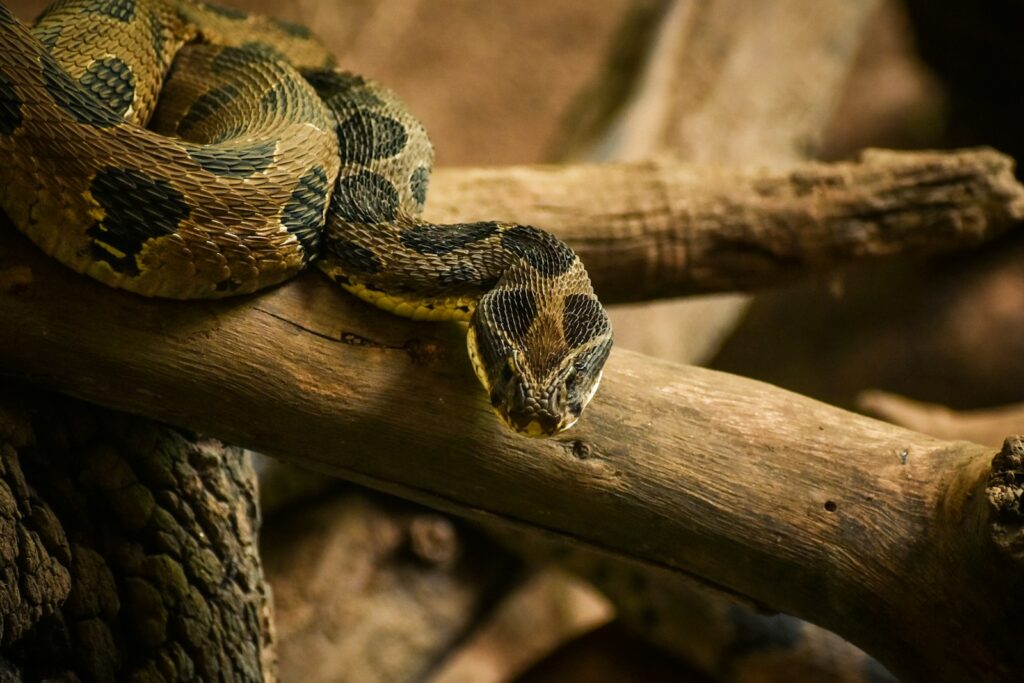
The hunting strike of a venomous snake is a masterpiece of evolutionary engineering designed to maximize effectiveness while minimizing risk. Most vipers and rattlesnakes employ a hit-and-release strategy, delivering a lightning-fast strike that can be completed in less than half a second—too quick for most prey to react defensively. During this strike, snakes calculate precise trajectories to target vulnerable areas of their prey while avoiding potential countermeasures. The snake’s flexible spine allows it to launch forward while keeping most of its body safely away from the prey’s defenses. After delivering venom, the snake immediately retracts, creating distance that prevents the prey from inflicting retaliatory damage during its final moments.
Venom Immunity Mechanisms
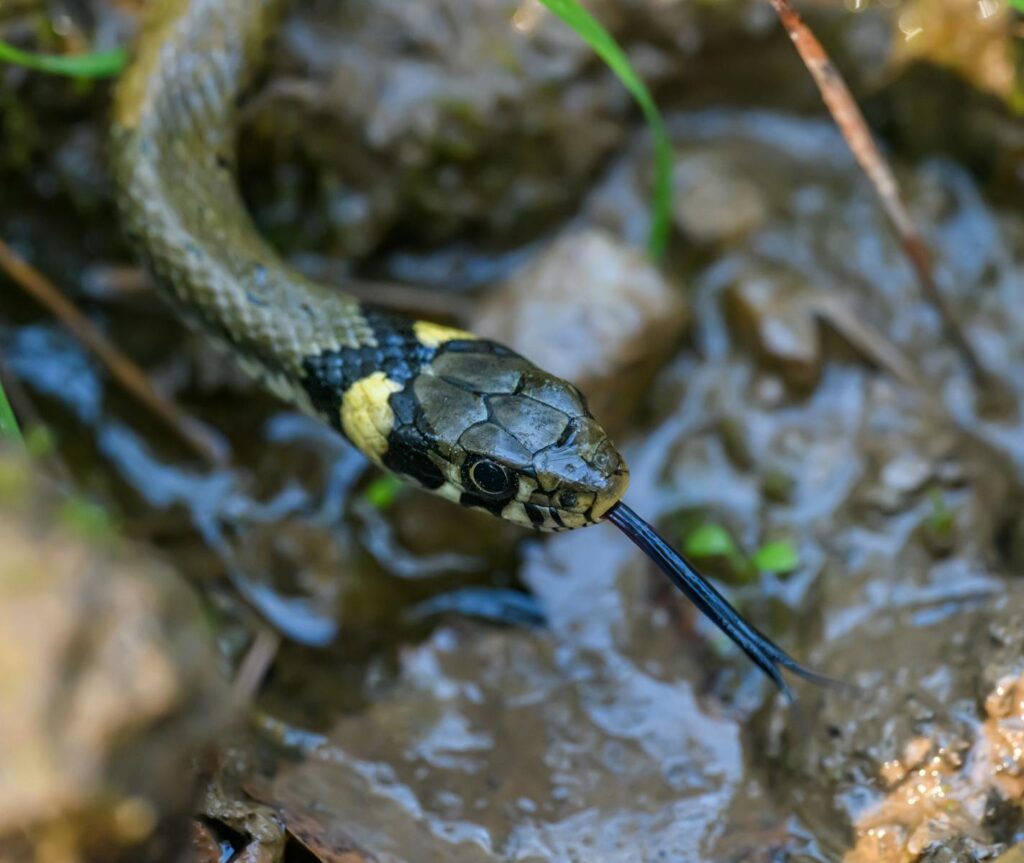
Perhaps one of the most remarkable adaptations venomous snakes possess is partial immunity to their own venom. Research has revealed that many venomous species have evolved neutralizing factors in their blood that bind to venom components, rendering them harmless if they should enter the snake’s bloodstream. This immunity isn’t absolute—a rattlesnake injecting venom directly into its own bloodstream would still suffer negative effects—but it provides critical protection against trace amounts of venom that might contact sensitive tissues during feeding. Interestingly, this immunity often extends to venom from closely related species, but rarely provides protection against venom from distantly related snake families, explaining why king cobras can eat other venomous snakes without harm to themselves.
Advanced Sensory Perception
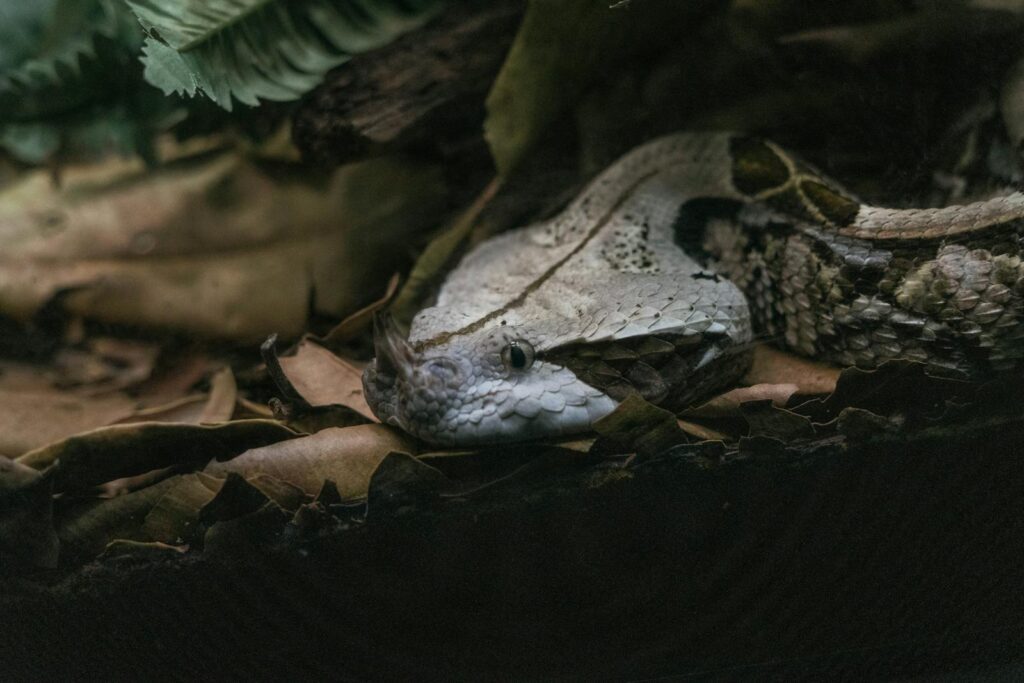
Venomous snakes rely on sophisticated sensory systems that allow them to hunt effectively while minimizing personal risk. Many vipers and pit vipers possess heat-sensing pits that can detect temperature differences as small as 0.003 degrees Celsius, enabling precise targeting of warm-blooded prey even in complete darkness. This infrared detection system provides a detailed thermal image of potential threats and prey, allowing the snake to strike accurately while avoiding dangerous countermeasures. Coupled with exceptional olfactory abilities that can track chemical trails left by prey, these sensory adaptations ensure venomous snakes can hunt while maintaining a crucial awareness of their surroundings. Some species, particularly cobras and mambas, also have excellent vision that complements their other senses, providing multiple information streams for safer hunting.
Ambush Hunting Strategies

Many venomous snakes, particularly vipers and rattlesnakes, employ ambush hunting as their primary strategy, significantly reducing their risk of injury. These patient predators may remain motionless for days in a carefully selected location, waiting for prey to venture within striking range. By relying on camouflage and stillness, ambush hunters eliminate the dangers associated with active pursuit and minimize their exposure to potential harm. When prey approaches, the snake calculates optimal striking distance—close enough for accuracy but far enough to prevent counterattacks. This stand-and-wait approach conserves energy and allows the snake to assess potential prey thoroughly before committing to a strike, ensuring the risk-to-reward ratio favors the predator.
Specialized Striking Behaviors
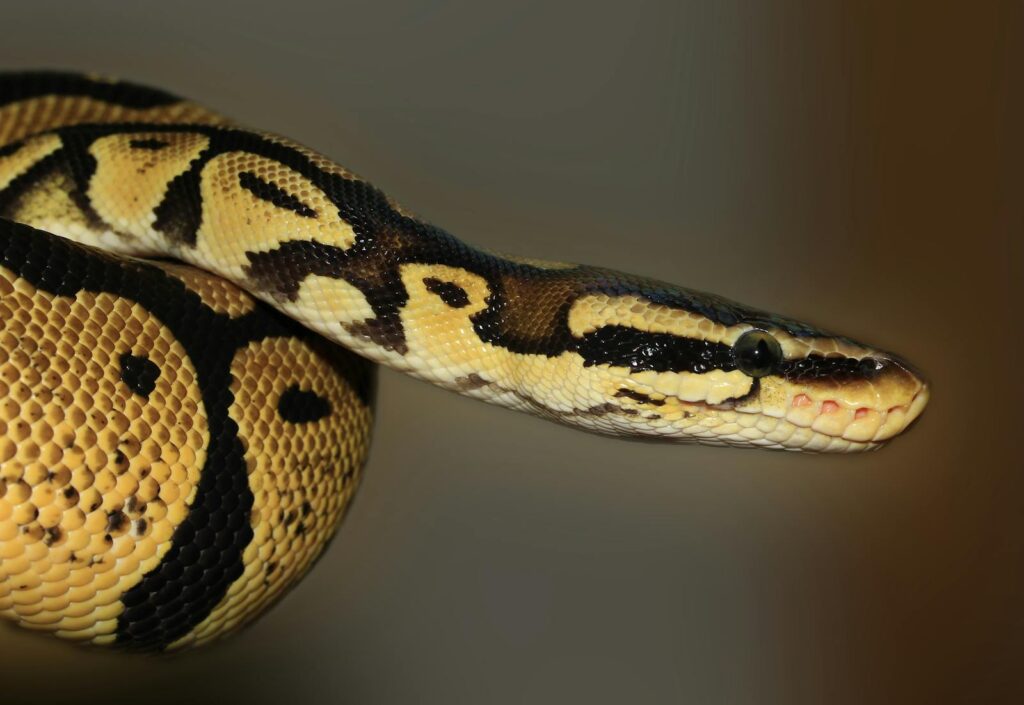
Venomous snakes display remarkable behavioral adaptations during strikes that maximize effectiveness while protecting themselves. Many species target specific areas of prey, such as the head, neck, or shoulders, which both immobilize the prey quickly and keep the snake away from limbs that might inflict defensive injuries. The strike itself is precisely calculated, with the snake opening its mouth at the last possible moment to position fangs for optimal penetration, minimizing exposure of vulnerable mouth tissues. Most vipers and rattlesnakes employ a “strike and release” approach, delivering venom then immediately retreating to a safe distance while the prey succumbs to the venom’s effects. This behavioral adaptation allows the snake to avoid the thrashing and potential defensive actions of a dying animal, significantly reducing hunting risks.
Venom Delivery Control Systems
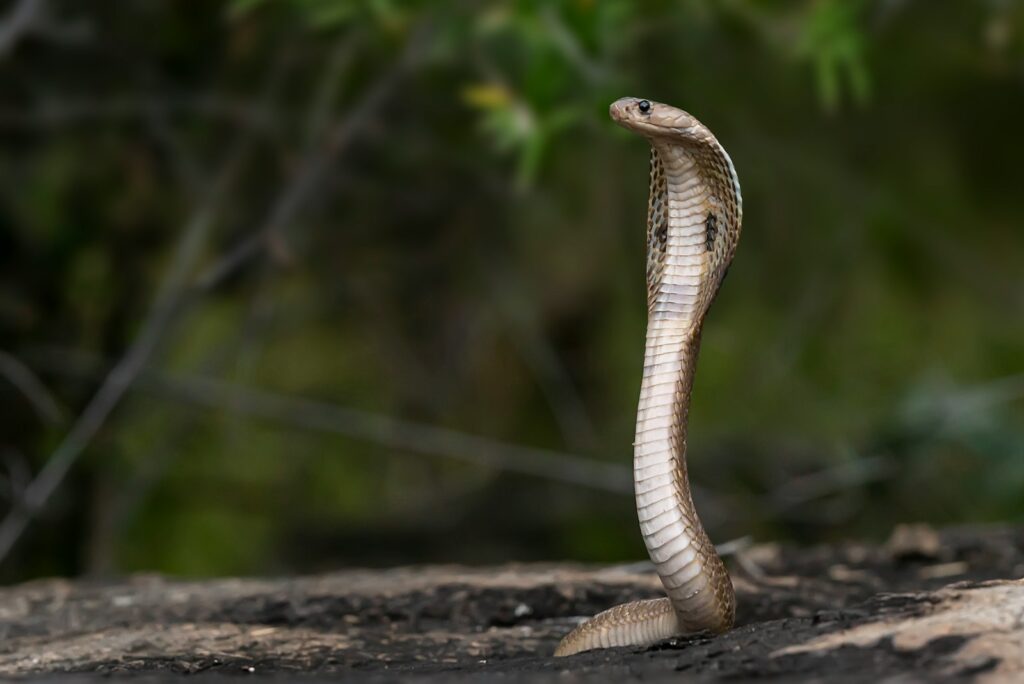
Contrary to popular belief, venomous snakes possess sophisticated control over their venom delivery, allowing them to modulate the amount released during strikes. This “metering” ability serves multiple purposes, including conservation of metabolically expensive venom and adjustment of dosage appropriate to prey size and species. By controlling venom release, snakes avoid depleting their reserves on unnecessarily large doses, ensuring they maintain defensive capabilities even after successful hunting events. Research has shown that some species can even deliver completely “dry bites” with no venom at all, particularly in defensive situations where the goal is deterrence rather than prey acquisition. This precise control mechanism helps protect the snake from close-range interaction with prey animals that might otherwise be over-envenomated and capable of inflicting damage before succumbing.
Defensive Posturing During Hunting
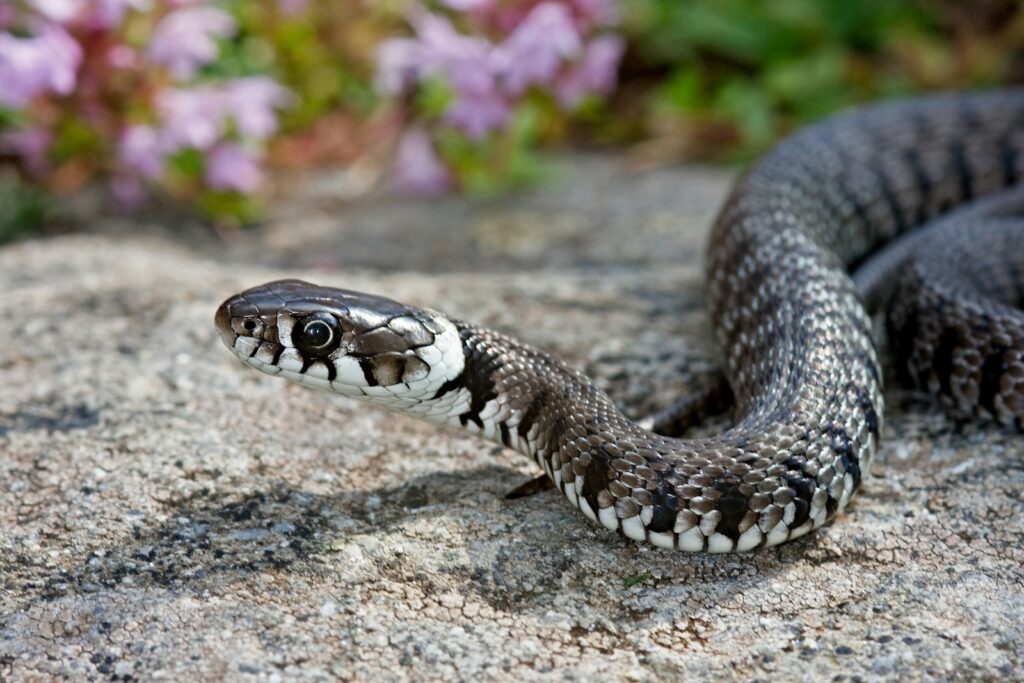
Even while actively hunting, venomous snakes maintain defensive awareness and positioning that protects them from potential threats or prey counterattacks. Many species adopt specific body postures during hunting approaches that allow for quick retreat if necessary, typically keeping the majority of their body coiled and ready for rapid movement. Rattlesnakes and other vipers often maintain their characteristic S-shaped striking posture, which not only optimizes strike mechanics but also positions the body for immediate retreat in any direction. Some elapids like cobras and mambas keep their heads elevated during hunting approaches, providing better visual awareness of their surroundings while preparing to strike. These defensive postures represent a constant state of readiness that balances offensive capability with self-protection.
Snake-Specific Hunting Adaptations
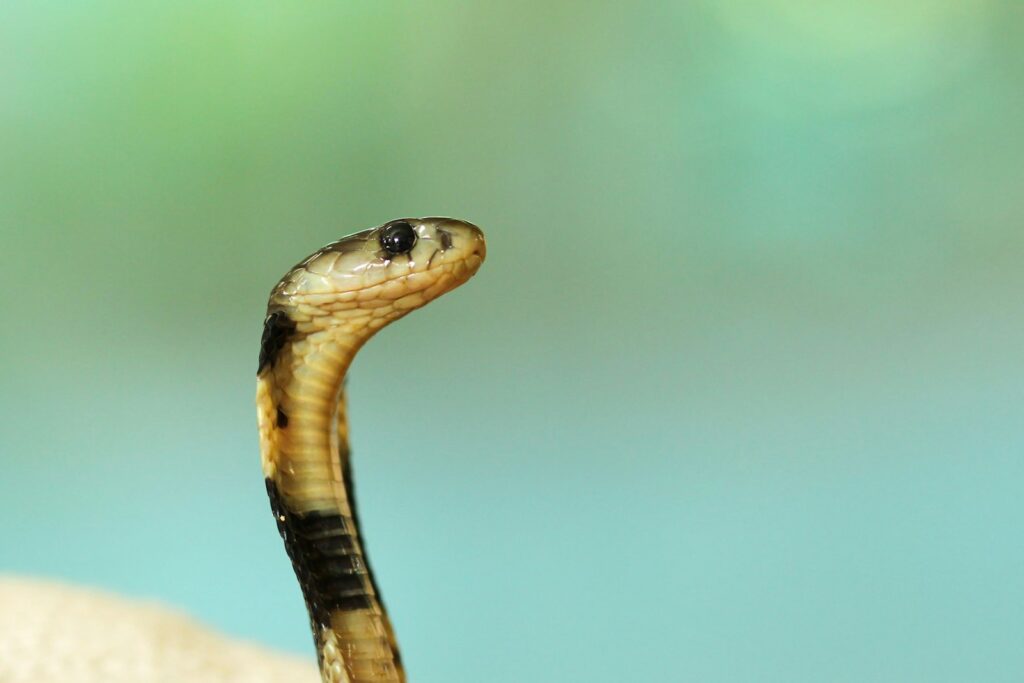
Different venomous snake families have evolved unique adaptations specific to their hunting environments and prey preferences. Rattlesnakes employ their famous rattle as a warning device that prevents accidental encounters with larger animals that might injure them, effectively creating a safety buffer zone during hunting activities. Sea snakes have evolved specialized valves that seal their nostrils and mouth when underwater, preventing self-envenomation through water contamination when striking fish. The king cobra, which specializes in hunting other snakes including venomous species, possesses both venom resistance and exceptional visual acuity that allows it to target the head of its dangerous prey while avoiding counterstrikes. These specialized adaptations demonstrate how venomous snakes have evolved solutions to the specific challenges their preferred hunting strategies present.
Post-Strike Tracking Behaviors
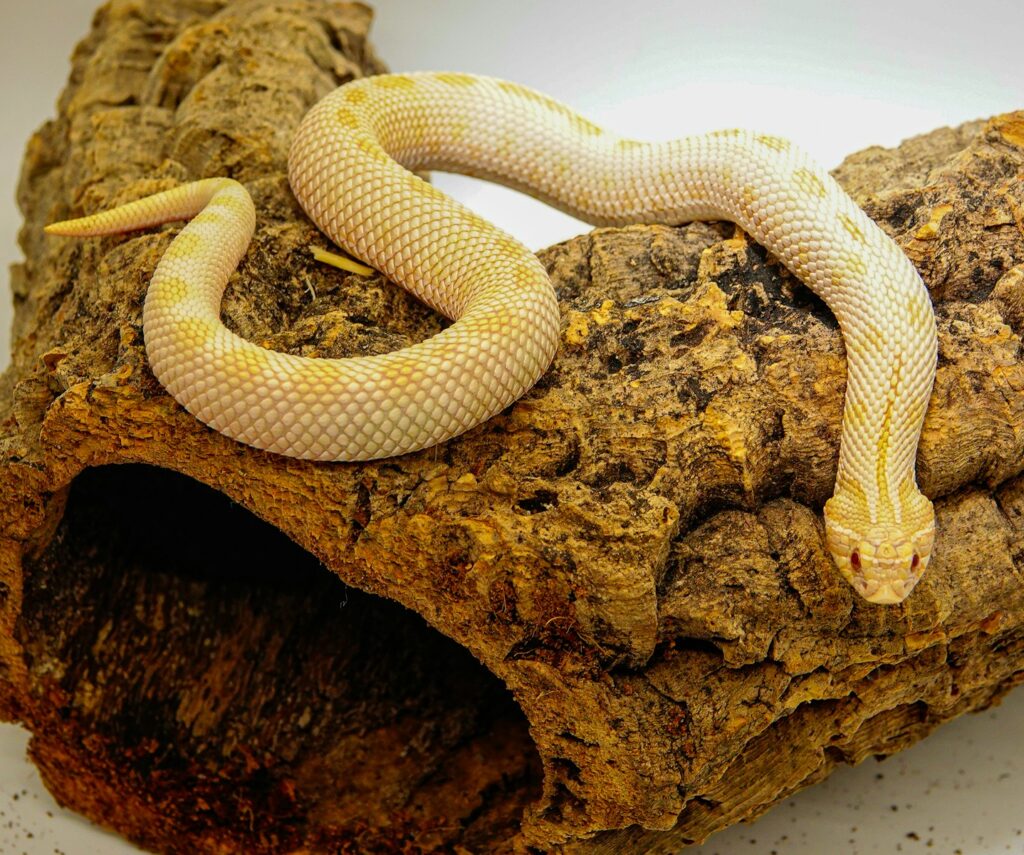
After delivering a venomous strike, many snakes exhibit sophisticated tracking behaviors that allow them to locate prey while minimizing their own risk. Pit vipers and rattlesnakes will often strike a prey animal, immediately retreat to a safe distance, then use their extraordinary olfactory system to follow the scent trail of the envenomated prey. This chemosensory tracking ability, primarily utilizing their forked tongues and vomeronasal organ, allows them to follow prey that may travel significant distances before succumbing to the venom’s effects. By waiting until the prey has fully succumbed before approaching it, the snake eliminates any risk of injury from defensive reactions. Some species can track specific chemical components in their own venom, effectively creating a specialized “tag and track” system for locating struck prey.
Comparative Hunting Styles: Elapids vs. Vipers
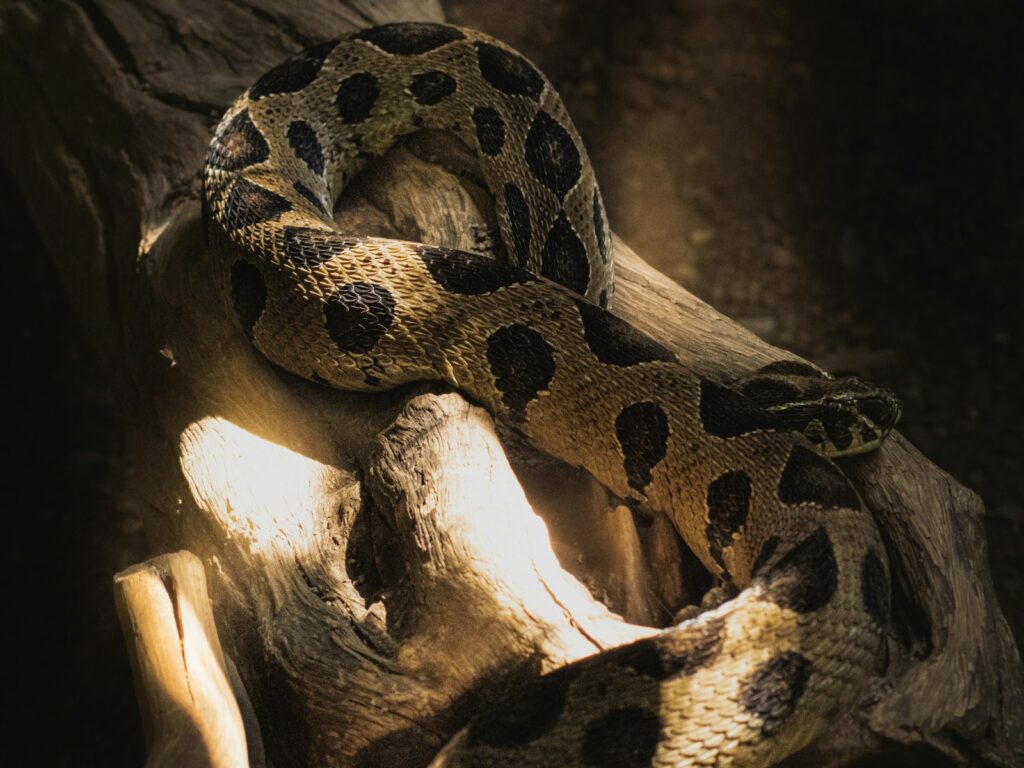
The two major families of venomous snakes—Elapidae (cobras, mambas, coral snakes) and Viperidae (vipers, rattlesnakes, copperheads)—employ distinctly different hunting styles that reflect their evolutionary adaptations for self-protection. Elapids generally possess fixed, shorter fangs and often maintain contact with their prey during envenomation, requiring more active prey restraint and risking potential injury. To compensate, many elapids have evolved extremely fast-acting neurotoxic venoms that immobilize prey almost instantly, minimizing the danger period. Vipers, by contrast, typically employ a strike-and-release strategy with their significantly longer, folding fangs, creating immediate distance between themselves and the envenomated prey. This fundamental difference in approach represents two successful evolutionary solutions to the same problem: how to deliver venom effectively while avoiding injury.
Juvenile vs. Adult Hunting Behaviors
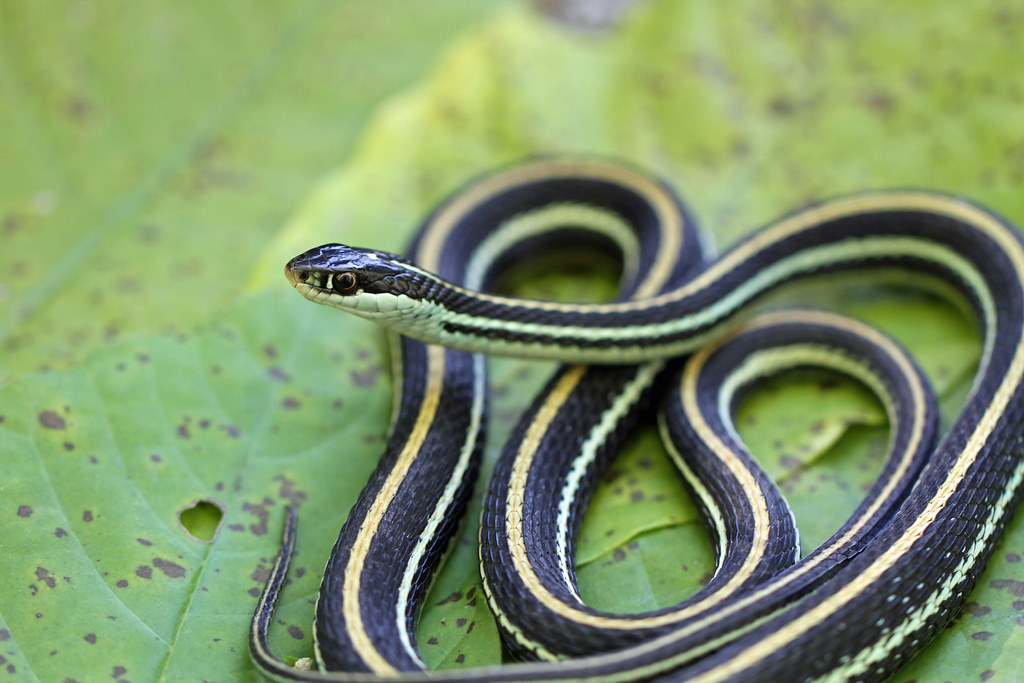
Young venomous snakes face unique challenges when hunting, as they possess less experience and often different venom compositions than adults, leading to specific behavioral adaptations that increase their safety. Juvenile rattlesnakes typically possess more potent venom than adults but in smaller quantities, making precise striking and immediate release even more critical to their hunting success and safety. Young snakes often select smaller prey items that present less risk of counterattack, gradually working up to larger prey as they grow and develop more robust defensive capabilities. Research has shown that juvenile venomous snakes may hold onto prey longer during strikes compared to adults of the same species, potentially compensating for less developed venom control systems. These age-specific strategies highlight how venomous snakes adjust their hunting approaches throughout their lifespans to balance effectiveness with self-preservation.
Evolutionary Arms Race with Prey
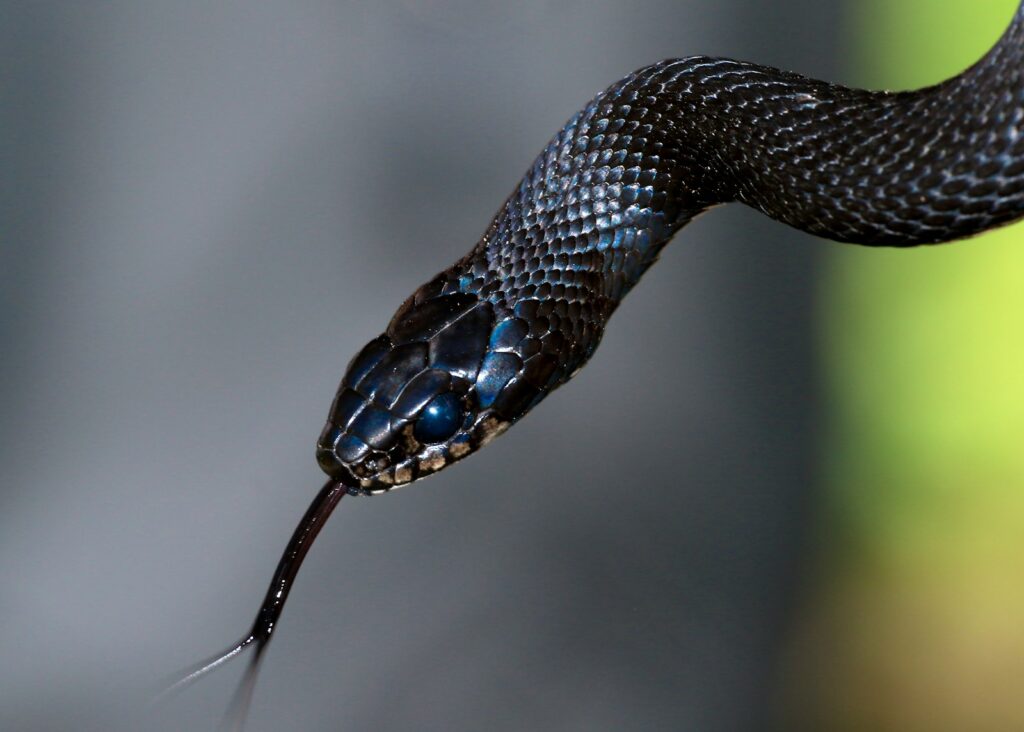
The hunting adaptations of venomous snakes exist within a broader context of evolutionary pressure between predator and prey, resulting in a continuous refinement of strategies on both sides. Many rodents have developed resistance to specific snake venoms, forcing snakes to counter-adapt with more complex venom compositions that target multiple physiological systems simultaneously. Some prey species like mongooses and hedgehogs have evolved physical defenses and venom resistance that make them dangerous for venomous snakes to attack, leading to specialized hunting behaviors when targeting these animals. Certain snake species have developed venom specially tailored to their primary prey’s biology, maximizing effectiveness while minimizing the time the prey remains capable of counterattack. This ongoing evolutionary arms race has driven the development of increasingly sophisticated venom delivery systems that balance offensive capability with defensive necessity.
Venomous snakes represent a remarkable example of evolutionary refinement, having developed complex, multi-layered systems that allow them to utilize deadly weapons while protecting themselves from their own armaments. From specialized anatomical features to sophisticated behavioral strategies, these predators demonstrate nature’s elegant solutions to the challenges of being both deadly and vulnerable. The precision and effectiveness of these adaptations highlight the extraordinary evolutionary journey these reptiles have undertaken. As science continues to unravel the mysteries of venom production, delivery, and immunity, we gain not only a deeper appreciation for these much-maligned creatures but also potential insights into medical applications that might benefit human health. Venomous snakes, far from being simple killing machines, represent some of nature’s most sophisticated examples of evolutionary problem-solving in action.

